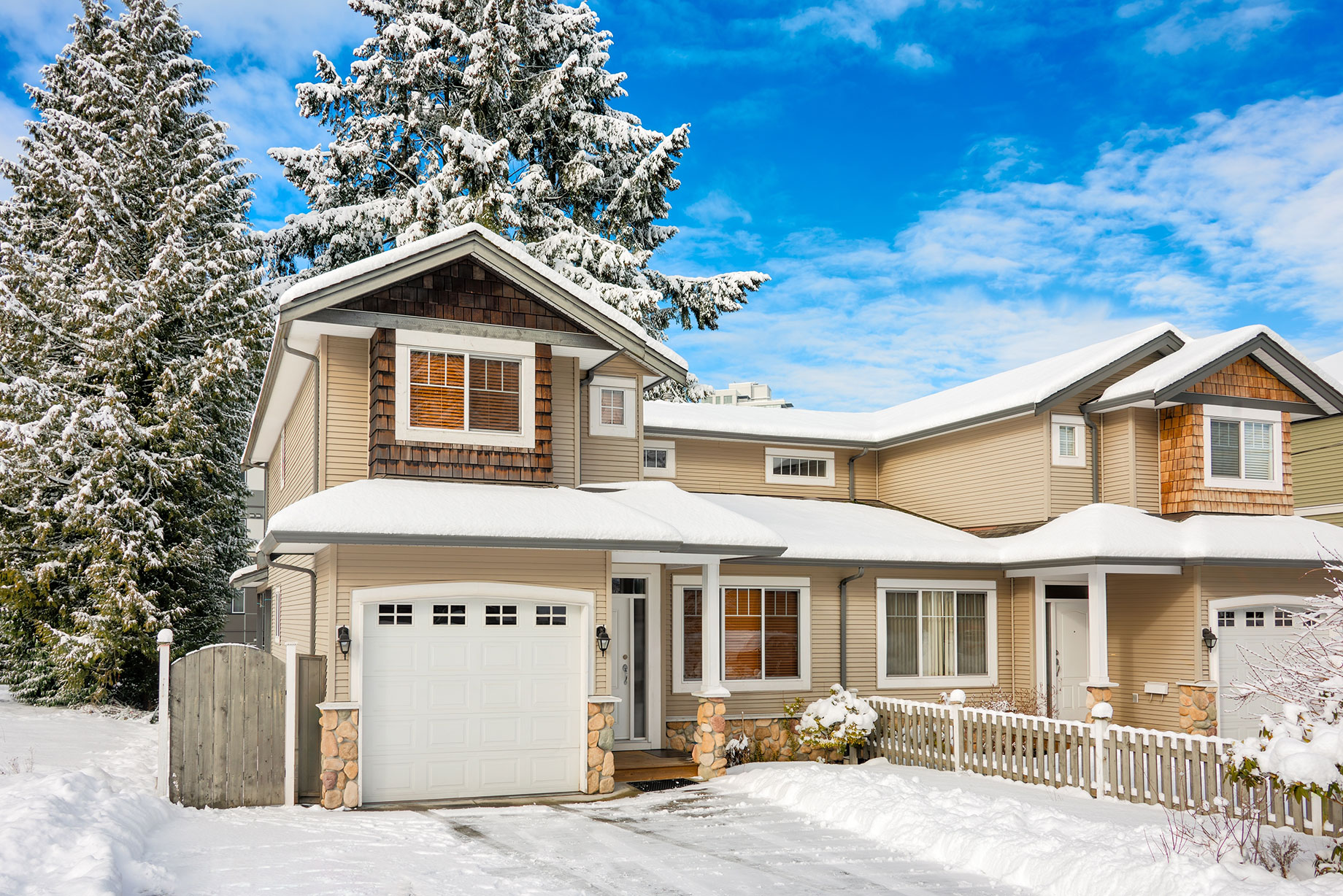
Fall is a beautiful time of year. The leaves turn golden, the air feels crisp, and pumpkin spice seems to take over everything. As you sip your latte and enjoy sweater weather, don’t forget that those crisp breezes are a friendly warning sign of what’s coming.
AccuWeather has already predicted a rough winter in several parts of the U.S. in 2025. The Northeast, especially, could see intense storms. Areas such as Philadelphia, New York City, and Boston could receive more snowfall this winter than last year.
Is your home ready to face the cold months ahead? If not, now is the perfect time to roll up your sleeves and prepare your home for winter’s worst surprises. Taking action now will stop small problems from becoming massive, expensive emergencies later on.
Here, we’ll walk you through a few home improvement projects that you must tackle this Fall to make your home snug and safe in winter.
1. Protect Your Pipes from Freezing
Few things can ruin a cozy winter morning faster than waking up to frozen or burst pipes. Freezing water expands in pipes, creating immense pressure on their walls. If they crack or burst, the result can be a flooded basement, damaged drywall, and thousands of dollars in repairs.
On average, it costs $500 to replace frozen or burst pipes. However, the cost can easily exceed $5,000 for complex jobs.
Before the temperature dips, insulate pipes running through unheated areas, like garages or crawlspaces. Wrap them with foam pipe insulation sleeves. In very cold regions, go for a self-regulating heat cable. This smart option senses cold and adjusts its heat output only as needed, saving you on electricity costs.
For outdoor spigots, disconnect garden hoses and shut off the water supply from inside the house, then let the faucets drain completely. If you have outdoor irrigation systems, make sure they are properly winterized. That would mean blowing out the water with compressed air to prevent internal freezing.
2. Repair Your Roof and Gutter
Fall is the time to check for damage to the roof and gutters during the summer and shore up defenses against ice dams, a major winter threat.
Visually inspect your roof. Check for missing, cracked, or loose asphalt shingles. If shingles show heavy granule loss, it indicates significant surface wear. While you’re at it, check the fascia boards for rot or peeling paint; both indicate water infiltration.
Next, turn your attention to your gutters. SureFlow Gutters, LLC notes that damaged gutters allow water to overflow and pool, leading to water damage, foundation issues, mold growth, and rotting wood. If your gutters sag, leak, or show signs of rust, it’s time to call a professional.
For homeowners in Greenville, South Carolina, time is of the essence. The Greenville-Spartanburg area is expected to witness the first frost in November. The city experiences around one to two inches of snow every year, which can be quite a bit for gutters to handle.
If you’d rather not climb ladders yourself, consider hiring a professional specializing in fascia and gutter repair in Greenville, SC. They will secure loose gutters, replace worn fascia boards, and reseal any gaps that could allow water to seep in and freeze.
3. Insulate the Attic
Up to 25% of your home’s heat can escape through the roof if your attic isn’t properly insulated. That means your furnace has to work harder just to maintain a comfortable temperature. Fortunately, fall is the perfect time to improve your attic’s thermal resistance.
Insulation’s heat flow resistance is determined by its R-value. A higher R-value simply means better insulating power. The National Weather Service suggests an R-value of at least R-30 for attic floors. In colder northern climates, R-38 is often a better target.
Before adding new insulation, do a quick inspection. If you can see the tops of your ceiling joists, your insulation is probably too thin. Generally, it’s advisable to go for 10 to 14 inches of thick insulation.
For loose-fill insulation, fiberglass and cellulose are popular picks. Fiberglass is affordable and does not settle over time. It retains its shape and insulating properties for decades, often lasting over 30 years.
Don’t forget to seal air leaks before adding insulation. Common culprits include openings around attic hatches, recessed lights, plumbing vents, and electrical wiring. Use caulk or expanding foam to close gaps. This step ensures your insulation performs effectively without warm air slipping through unseen cracks.
Don’t Just Dream of a Cozy Winter, Prepare for It
Fall work may not be glamorous, but it is necessary for saving money and stress. Tackling these home improvement projects before the temperature drops will help you save energy, prevent damage, and make your space a cozy retreat all season long.
Start this weekend if you can. Even if you can’t do everything at once, getting started now means you’re ahead of the game. Your wallet will thank you when spring rolls around and you haven’t had any winter disasters.